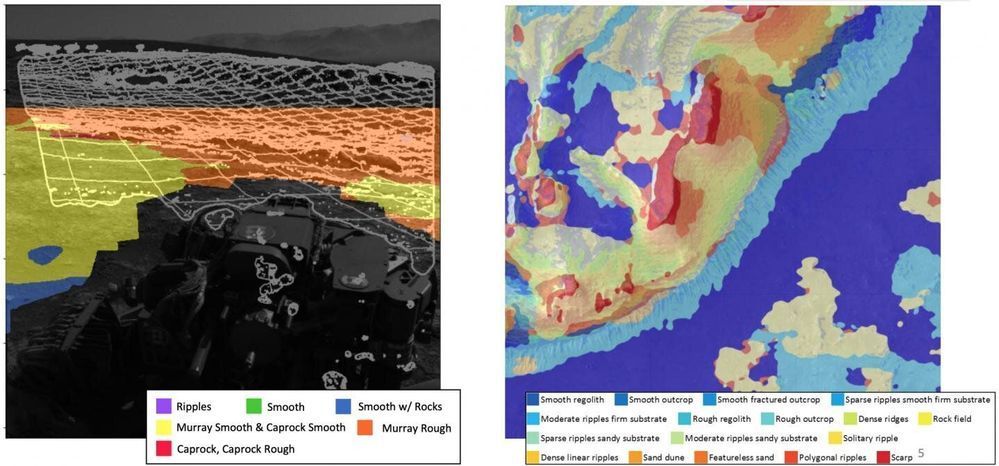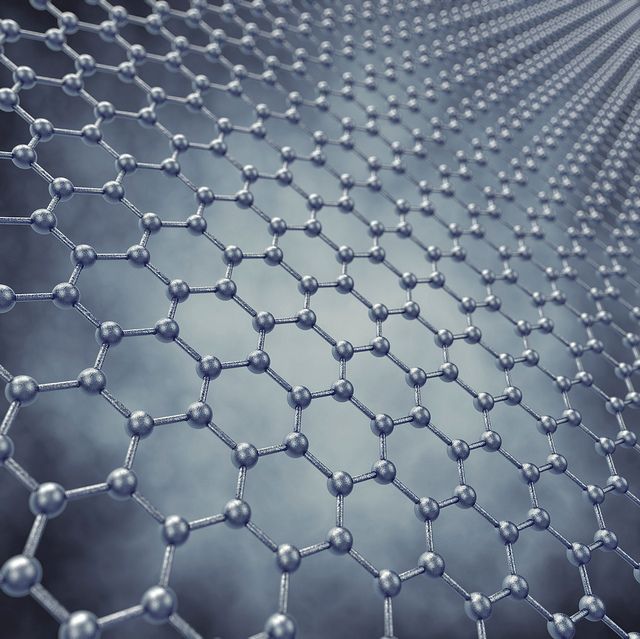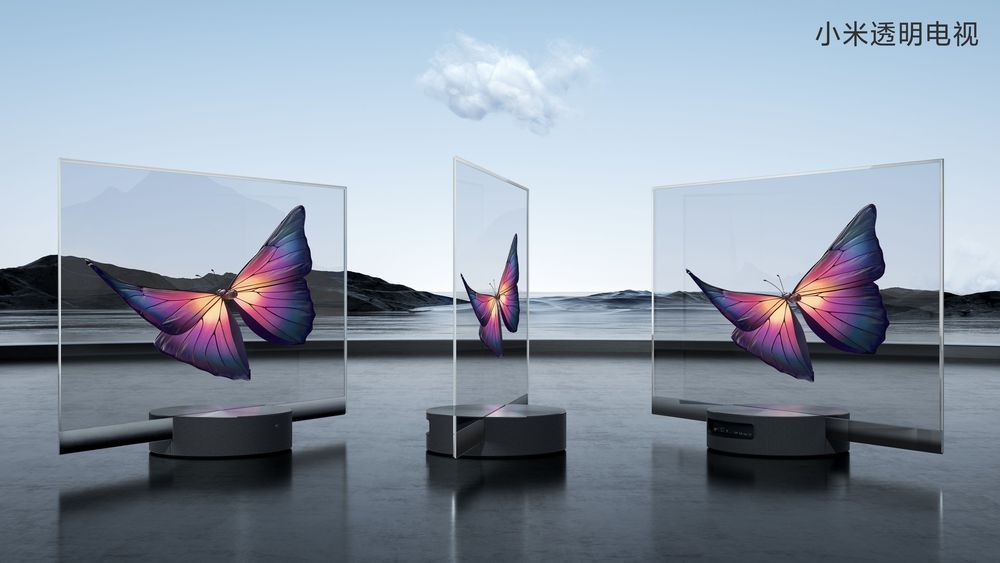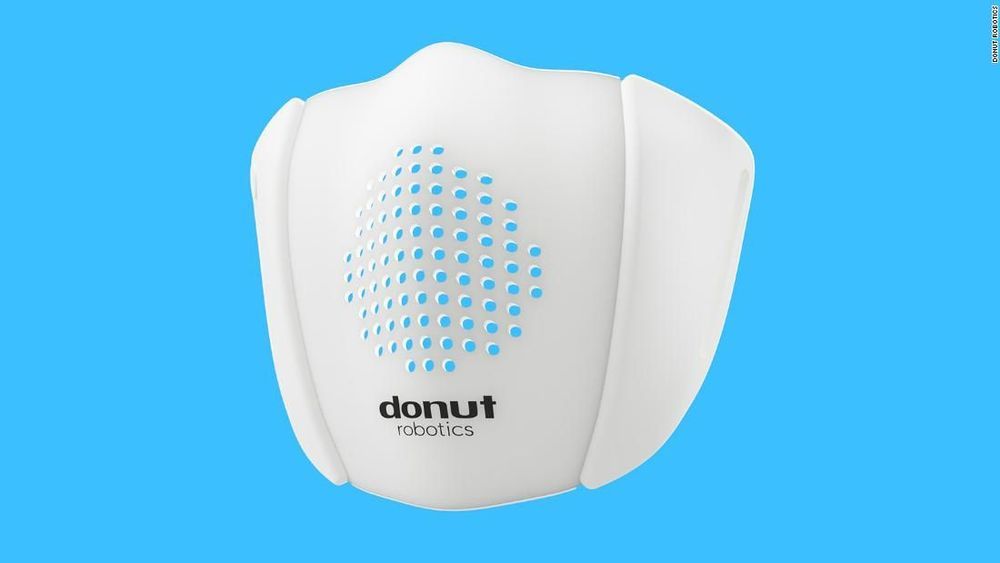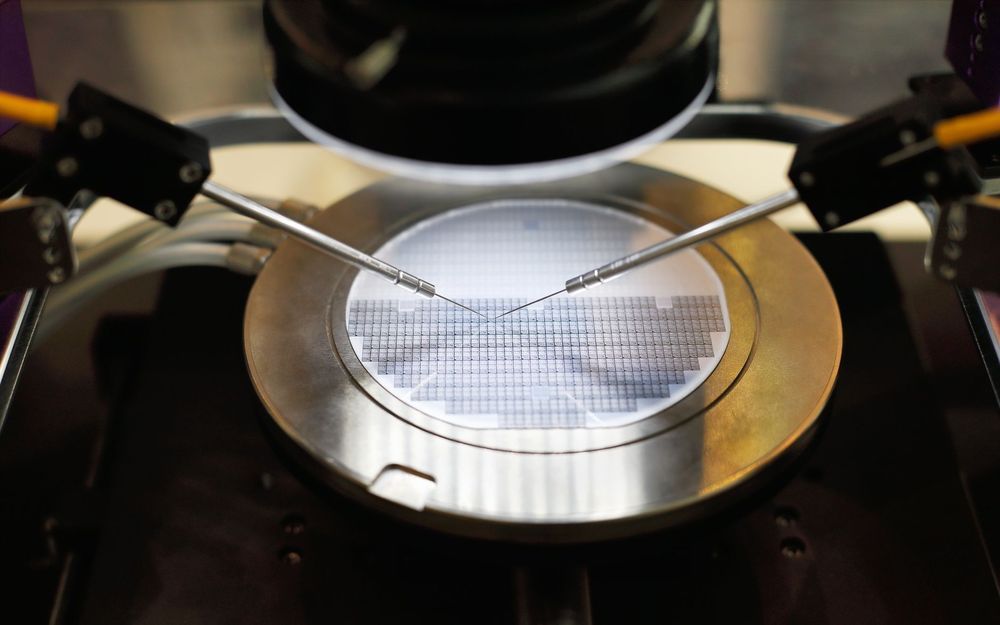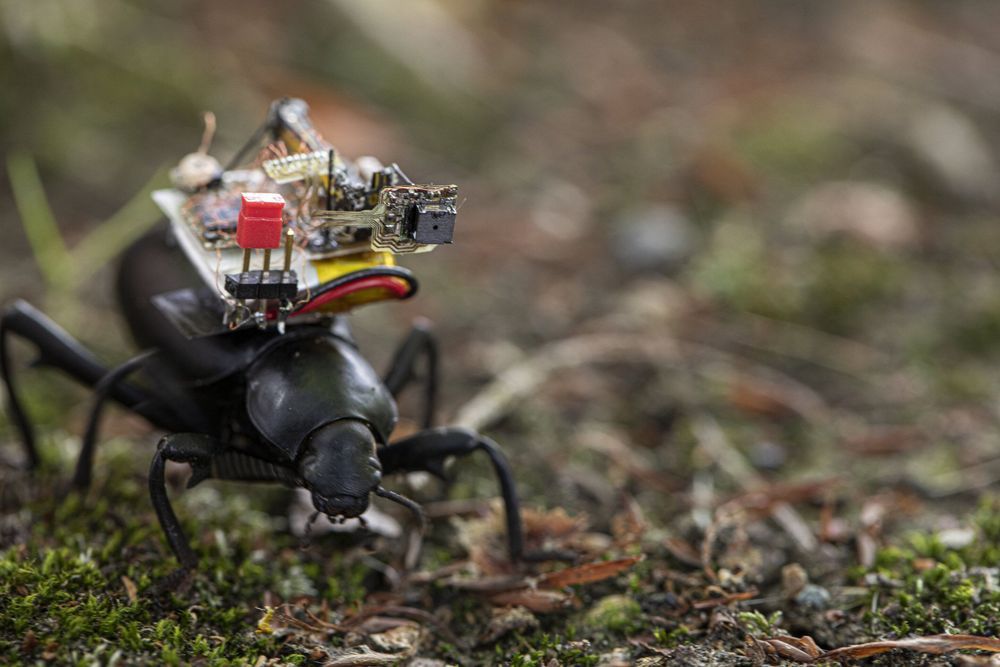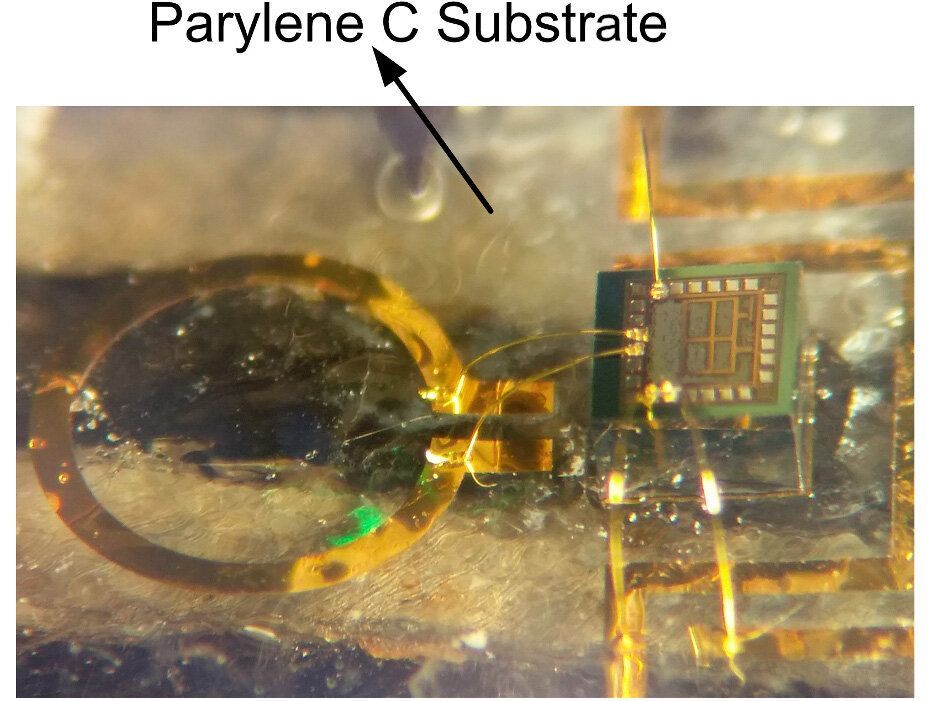NASA’s Mars rovers have been one of the great scientific and space successes of the past two decades.
Four generations of rovers have traversed the red planet gathering scientific data, sending back evocative photographs, and surviving incredibly harsh conditions—all using on-board computers less powerful than an iPhone 1. The latest rover, Perseverance, was launched on July 30, 2020, and engineers are already dreaming of a future generation of rovers.
While a major achievement, these missions have only scratched the surface (literally and figuratively) of the planet and its geology, geography, and atmosphere.
